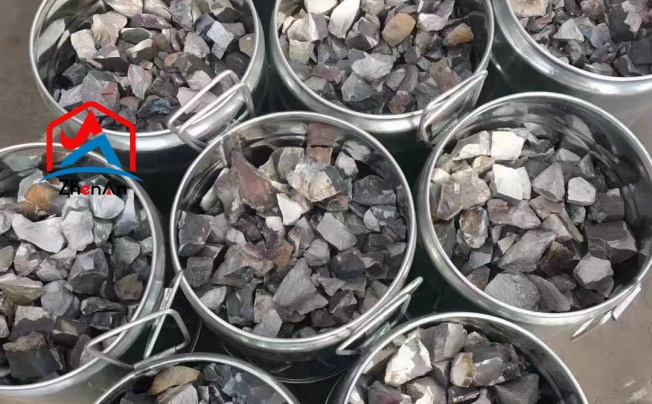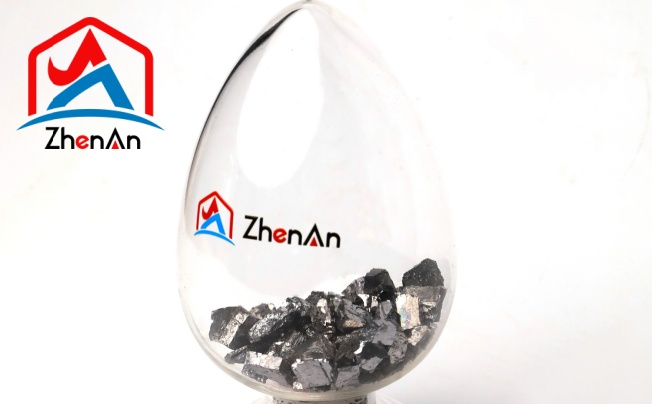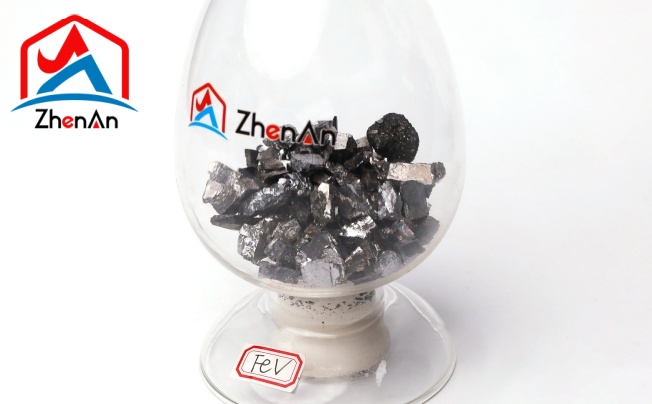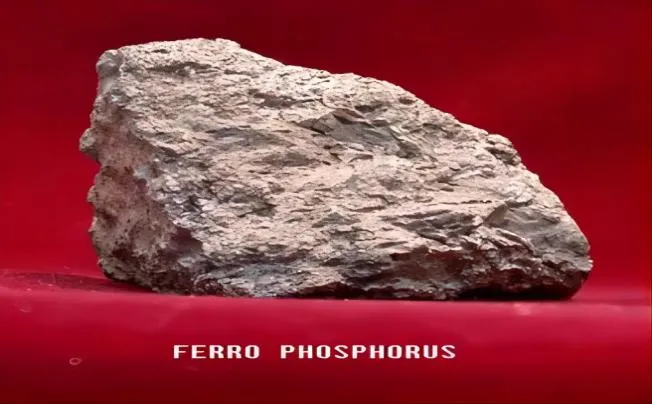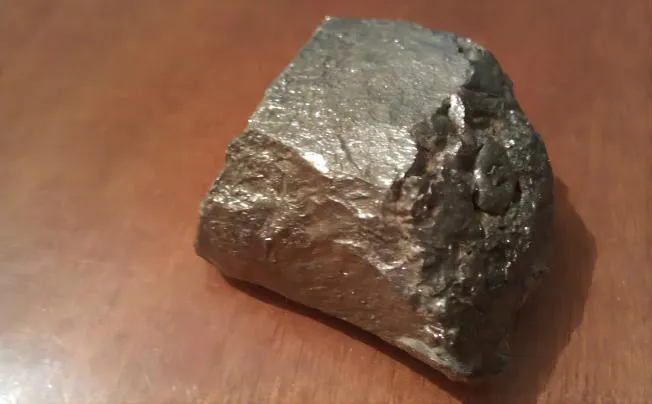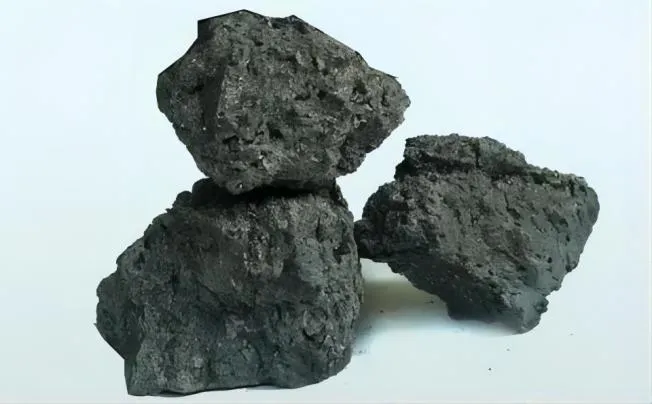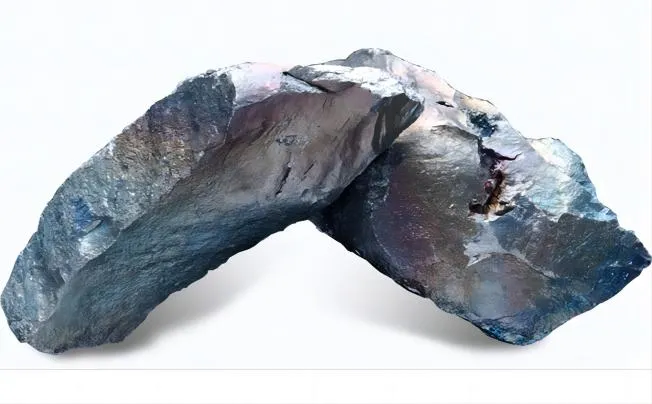How Much Do You Know About Iron Phosphorus?
Ferrophosphorus: This impurity is detrimental to most steels, but for some steels, adding the right amount of phosphorus can enhance the steel’s machinability, wear resistance, and hardness while also making it more brittle—a quality that is crucial for castings. Phosphorus can be used in an efficient amount to increase casting surface quality and the fluidity of molten iron. Impact resistance can be increased in wear-resistant cast iron containing 0.15% phosphorus and in grey cast iron containing 0.5% phosphorus. resistance to wear.
Phosphorus (p) content: 22% ≥, trace element silicon (Si) content: 3.5% ≤, carbon (C) content: 1% ≤, and manganese (Mn) content: 2.5% ≤ make up the phosphorus iron index. Remarkably, phosphorus iron is brittle and relatively hard. It is hard to process and provides a high yield. It shouldn’t be processed into uniform pieces because it is typically sold in the shape of natural blocks.
Applications of Iron Phosphorus
The primary metal composition that makes up ferrophosphorus, an alloy that leans slightly grey, is iron mixed with trivalent iron phosphide. mostly the manufacture of electric furnaces.
Metallurgy: By adding ferrophosphorus, the phosphorus content of metals can be easily and consistently adjusted to any desired amount.
Iron: The metal solution becomes more fluid when the rebate cast iron’s phosphorus level is between 0.2% and 0.9%. Phosphorus addition to 0.8% can significantly increase cast iron’s castability in the sanitary ware industry, enabling the casting of large and thin castings. The use of phosphorous iron to boost Hanlinliang can enhance the quality of intricate and small castings, such as decorative iron components, ironware, and piston rings. Cast iron is more resilient to repeated heating and cooling when its phosphorus level exceeds 0.75%. This is because the phosphorus concentration restricts the growth of the casting and prevents carbonite from breaking down into ferrite and graphitic carbon. An iron/phosphorus eutectic network that is created by this phosphorus content tends to block the entry of oxidizing gases.
Steel: To create high-phosphorus pig iron for use in specialized castings, iron is frequently fed to blast furnaces. This procedure is essentially a homogenization technique for phosphorus addition to steel. One type of free-cutting steel can be made from this phosphorus-containing pig iron. To enhance the adherence of the galvanized layer to the steel plate, phosphorous should be applied after the steel plate is galvanized.
Aluminum: Some high-strength aluminum alloys with up to 20% silicon can benefit from the addition of phosphorus. Phosphorus has the ability to alter aluminum’s crystal structure, enhancing the metal’s physical characteristics. Copper: Copper-based alloys can become more fluid by adding phosphorus, often at a level of no less than 0.05%. Additionally, phosphorus is a deoxidizer.
Properties of Ferro Phosphorus
Because ferrophosphorus is an alloy of iron and phosphorus, it is referred to as a ferroalloy. It has large concentrations of Fe2P and Fe3P, two types of iron phosphides. Ferrophosphorus is typically graded with either 18% or 25% phosphorus.
These are a few of ferrophosphorus’s main characteristics:
Melting Point: The melting point of ferrophosphorus is between 1050 and 1100°C.
Look: The material has a solid, grey appearance.
Combustibility: Ferrophosphorus in extremely fine powder form may burn.
Application in Metallurgy: Ferrophosphorus is utilized in metallurgy as a phosphorus source for alloying, deoxidizing the melt, and extracting undesirable chemicals from the slag.
Production: Ferrophosphorus is a byproduct of reducing apatites with carbon in submerged-arc furnaces to produce phosphorus.
Use in Steel Production: Powder metallurgy (P/M) steels with advantageous magnetic characteristics, such as strong saturation induction, are produced by adding ferrophosphorus. For these steels, iron phosphide serves as a sintering aid and a solid solution hardener.
Manufacturing Process of Ferro Phosphorus
The main sources of ferrophosphorus are the by-products of phosphorus or steel production.
- Steel Production: A byproduct of the steel industry is ferro phosphorus. Pig iron undergoes conversion during the steelmaking process, which eliminates ferrophosphorus from the side of the iron that comes into touch with the slag created in the process.
- Phosphorus manufacturing: As a byproduct of phosphorus manufacturing, ferrophosphorus can also be obtained. Apatites, or phosphate minerals, are reduced with carbon in submerged arc furnaces; the precise method may differ.
- Composition and Quality: Iron and phosphorus combine to form ferrophosphorus, a ferroalloy. Ferrophosphorus’s phosphorus content, which ranges from 23% to 32%, determines the product’s quality.
Use in Steel Production: Ferrophosphorus is added to ferrous metals during the production process. It gives the final alloy various favourable qualities. Ferrophosphorus serves as a drying agent, eliminating water from any nitric acid used in manufacturing, which is one of the main advantages of adding it.




